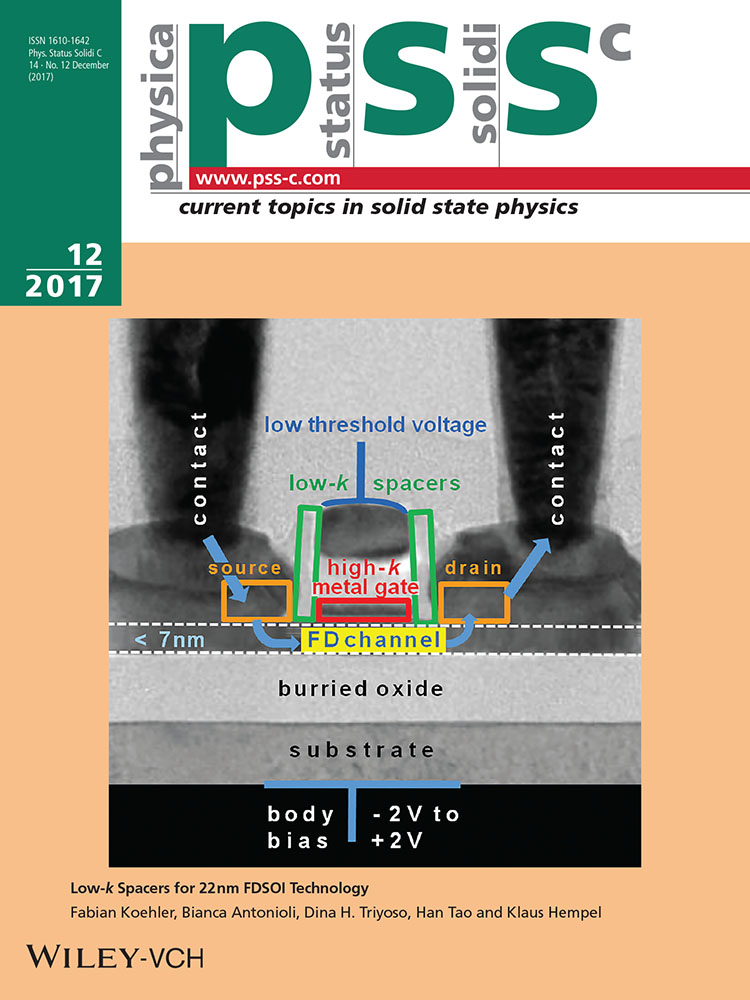Characterization of Sb-doped CuInS2 crystals
Abstract
CuInS2 semiconductor crystals were successfully grown by a hot-press (HP) method at 400–700 °C for 1 h at growth pressures from 10 to 100 MPa. The samples were 20 mm in diameter. The samples grown at 700 °C were found to be of chalcopyrite structure, nearly stoichiometric and n-type by means of X-ray diffraction, electron probe microanalysis and thermoprobe analysis, respectively. A donor–acceptor pair emission band was observed in the photoluminescence spectra at 10 K, indicating that the samples had both donor and acceptor impurity types. It was also found that p-type CuInS2 crystals could be obtained by Sb doping. It was suggested that the Sb atoms in the S site might enhance p-type conductivity.




